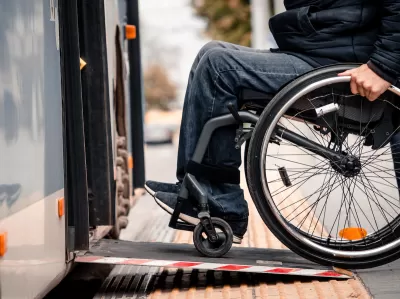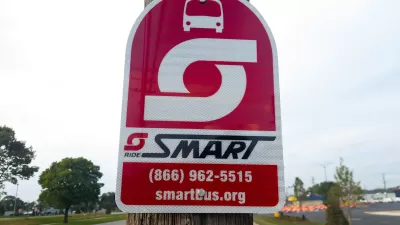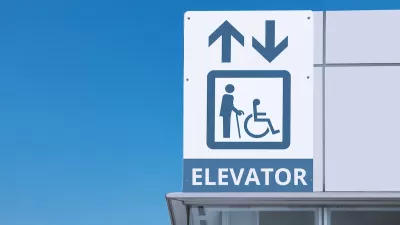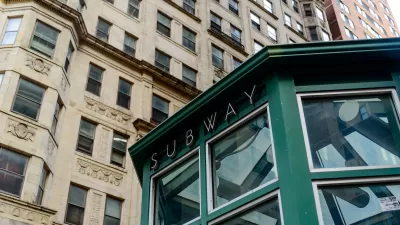Over 13 million Americans face mobility challenges that limit their travel experience.

Writing in Prism, Bianca Gonzales describes the work of the Disability Mobility Initiative, a program in Washington state that aims to draw attention to the needs of transit riders with disabilities. “Since its inception, the initiative has been compiling stories from non-drivers throughout the state and documenting them in the Transportation Access for Everyone StoryMap. It includes interviews with more than 270 non-drivers about the barriers they face when navigating their communities.”
The article points out that “According to the Bureau of Transportation Statistics, 13.4 million Americans between the ages of 18 and 64 have self-reported travel-limiting disabilities. Only 1 in five of people within this group work full time or part time, while 3 out of 4 Americans without disabilities aged 18-64 work.”
Transit is a key factor in whether people with disabilities, the elderly, and other groups can access jobs, healthcare, and other amenities. “Pregnant women, both with and without disabilities, who rely on public transportation face challenges in accessing health care, which can lead to an increased risk of developmental disabilities for children as well as maternal mortality.”
According to a DMI report, “Transportation agencies should ensure transit connects riders to key destinations where medical services, education, and recreation are offered. They should coordinate between jurisdictions to reduce transfer wait times and develop and improve tools to help riders anticipate the arrival of their busing system and increase overall consistency.”
FULL STORY: Disabled riders need comprehensive public transportation planning

Alabama: Trump Terminates Settlements for Black Communities Harmed By Raw Sewage
Trump deemed the landmark civil rights agreement “illegal DEI and environmental justice policy.”

Planetizen Federal Action Tracker
A weekly monitor of how Trump’s orders and actions are impacting planners and planning in America.

The 120 Year Old Tiny Home Villages That Sheltered San Francisco’s Earthquake Refugees
More than a century ago, San Francisco mobilized to house thousands of residents displaced by the 1906 earthquake. Could their strategy offer a model for the present?

LA’s Tree Emergency Goes Beyond Vandalism
After a vandal destroyed dozens of downtown LA trees, Mayor Karen Bass vowed to replace them. Days later, she slashed the city’s tree budget.

Sacramento Leads Nation With Bus-Mounted Bike Lane Enforcement Cameras
The city is the first to use its bus-mounted traffic enforcement system to cite drivers who park or drive in bike lanes.

Seattle Voters Approve Social Housing Referendum
Voters approved a corporate tax to fund the city’s housing authority despite an opposition campaign funded by Amazon and Microsoft.
Urban Design for Planners 1: Software Tools
This six-course series explores essential urban design concepts using open source software and equips planners with the tools they need to participate fully in the urban design process.
Planning for Universal Design
Learn the tools for implementing Universal Design in planning regulations.
Ada County Highway District
Clanton & Associates, Inc.
Jessamine County Fiscal Court
Institute for Housing and Urban Development Studies (IHS)
City of Grandview
Harvard GSD Executive Education
Toledo-Lucas County Plan Commissions
Salt Lake City
NYU Wagner Graduate School of Public Service





























